
Europe is full of castles of all types and ages, and in Spain there really is a lot to choose from. But today we do not have a medieval construction or in ruins or the residence of kings, but a really modern, new, fresh castle, fresh from the oven, we could say.
This is the Colomares Castle, The one you see in the photo. It is in Malaga and hardly if he is thirty years old. Do you want to know its history? Then let's get started…
Colomares Castle
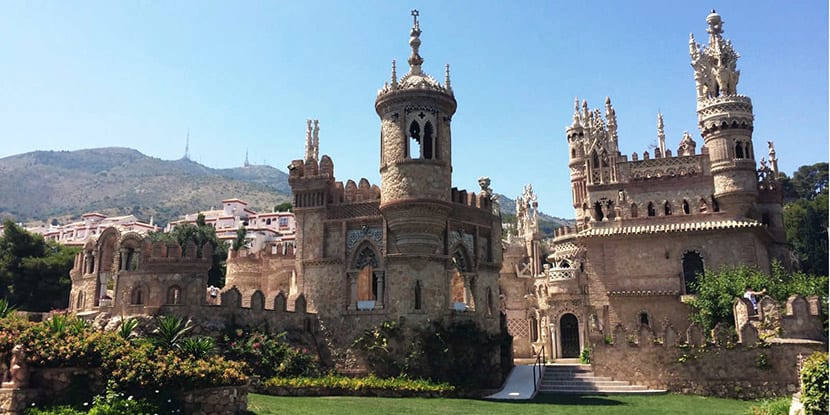
This elegant construction is in Benalmádena, in the province of Malaga, Spain, and when I said that it was barely on its thirtieth anniversary, it is true: it was built in the late 80s with brick, cement and stone.
Let's start with its history because you may be wondering who has thought of shaping this little castle. Well, it really is a monument, a castle-monument that honors the deed of Christopher Columbus and his group of brave adventurers who went out to sea in 1492.
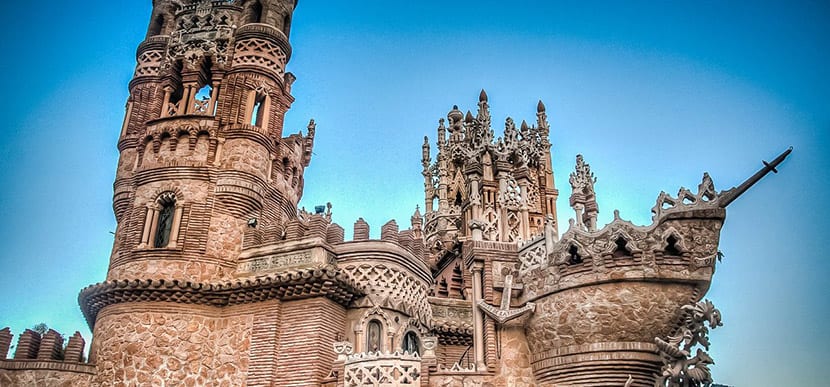
Its creator, inventor, the father of the creature is the Dr. Esteban Martin Martin, died in 2001. It is said that when he worked as a doctor in the United States, he was surprised at how little knowledge Americans had about the real conditions of the discovery of America, so he returned to work.
It was 1987 and Dr. Martín already had the form of his work in mind. That year started and the works ended in 1994. He worked with only two masons as he was quite knowledgeable in architecture, design, art and a little in masonry. With the fixed idea of narrating the discovery of America, he worked and worked all those years. When there was money, work was done, when not, the works stopped. There were no hours to work and they alone raised the entire building because unfortunately it did not have much support from the official and conservative sectors.
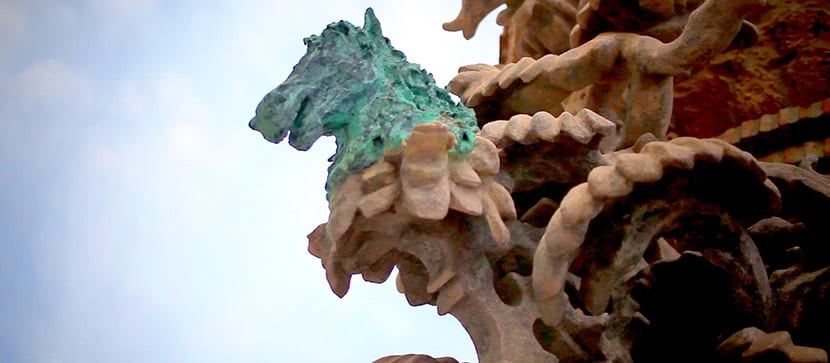
The entire structure tells how Columbus obtained the economic support of the Catholic Monarchs, how he had the help of Pinzón to get sailors and how his ships left the port of Palos on August 3, 1492. Just 33 days later they were in America, on an island that the natives called of the iguanas and the Spanish called San Salvador. All this and much more is narrated in stone throughout the castle.
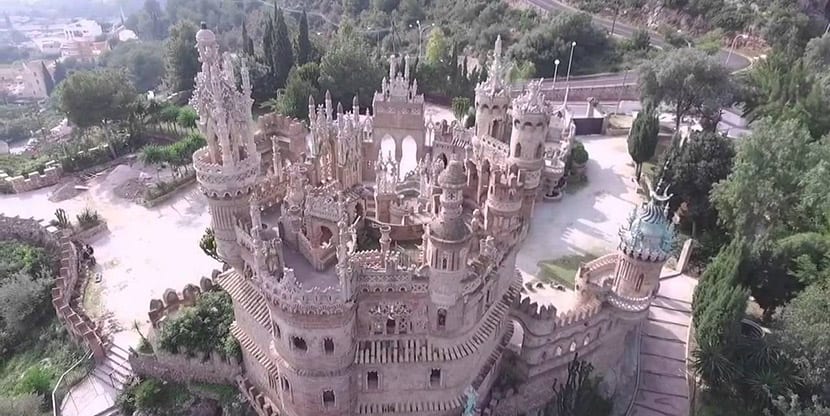
To remember Martín Alonso Pinzón there is a bronze horse head, something like the marine Pegasus. There are also the shields of Castile, in bronze, and inside there is a small room that acts as an oratory and has an image of Christ and a sailor bell that recalls the first island that the expedition set foot on.
It is said of this oratory that it is the smallest church in the world as it has just 1 square meters. Well, it's in the Guinness Book of Records so it must be true ...
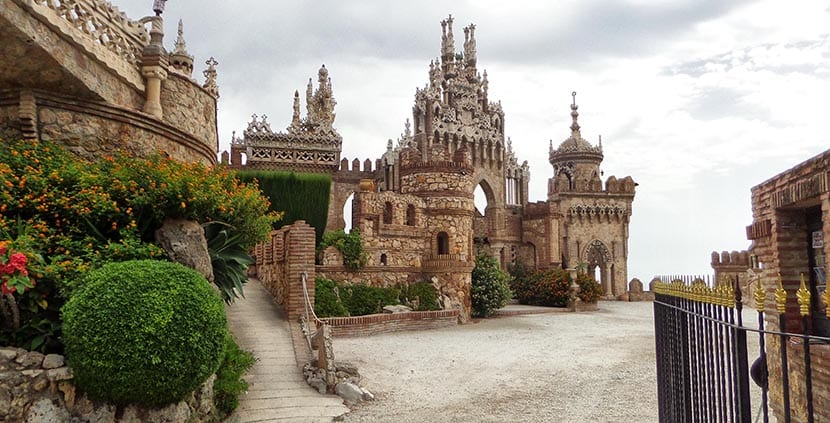
As well The Pinta, the Niña and the Santa María are represented. The Pinta is on the main façade and is held by Pegaso, the mythical horse, the Niña is at the top of the building, just below the arch of the Rabida, a well-known monastery that sheltered Columbus on his arrival from Portugal; and finally the Santa María, isolated from the other two, recalling the tragic fact that it was the ship that was lost at Christmas in present-day Santo Domingo. The Indians killed their 39 crew members.
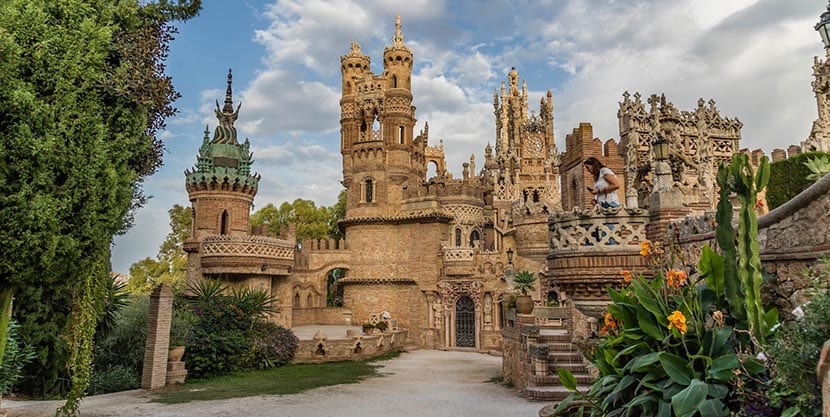
Christopher Columbus made four trips to America and those adventures are in a huge and beautiful gothic style rose window. In this original way, Dr. Martín Martín wanted this part of Spain, a land that was a protagonist in the discovery of the New World, to honor this adventure in a certain way. The result? Yes it is somewhat kitsch and a lot of people don't like it. Something strange has remained, neither a monument nor a castle… but for the same reason, it deserves a visit.
And this castle is the result, a striking construction where Mudejar, Gothic, Byzantine and Romanesque are mixed. There are guided tours and it is very convenient to take them because that way you can really appreciate what the place is like and what its intentions are.
Practical information about Colomares castle
- Address: Finca la Carraca s / n. Benalmádena.
- Hours: On its website it announces that it is closed on Monday and Tuesday. For these dates it opens from 10 am to 1:30 pm and from 4 to 6 pm. In spring and autumn it closes one hour later and in summer it opens in the afternoon between 5 and 9 pm.
- Prices: general admission costs 2 euros. Children and pensioners pay 1 euros. For groups of more than 30 people it is necessary to reserve.
In addition to walking through its interior and enjoying the fantastic views of the sea that it offers, the place also holds book presentations, conferences, medieval markets, plays, dance performances, concerts and various cultural encounters. In addition, it announces that a Columbian museum will open soon.